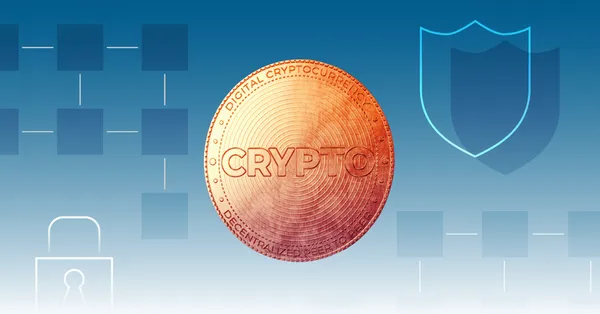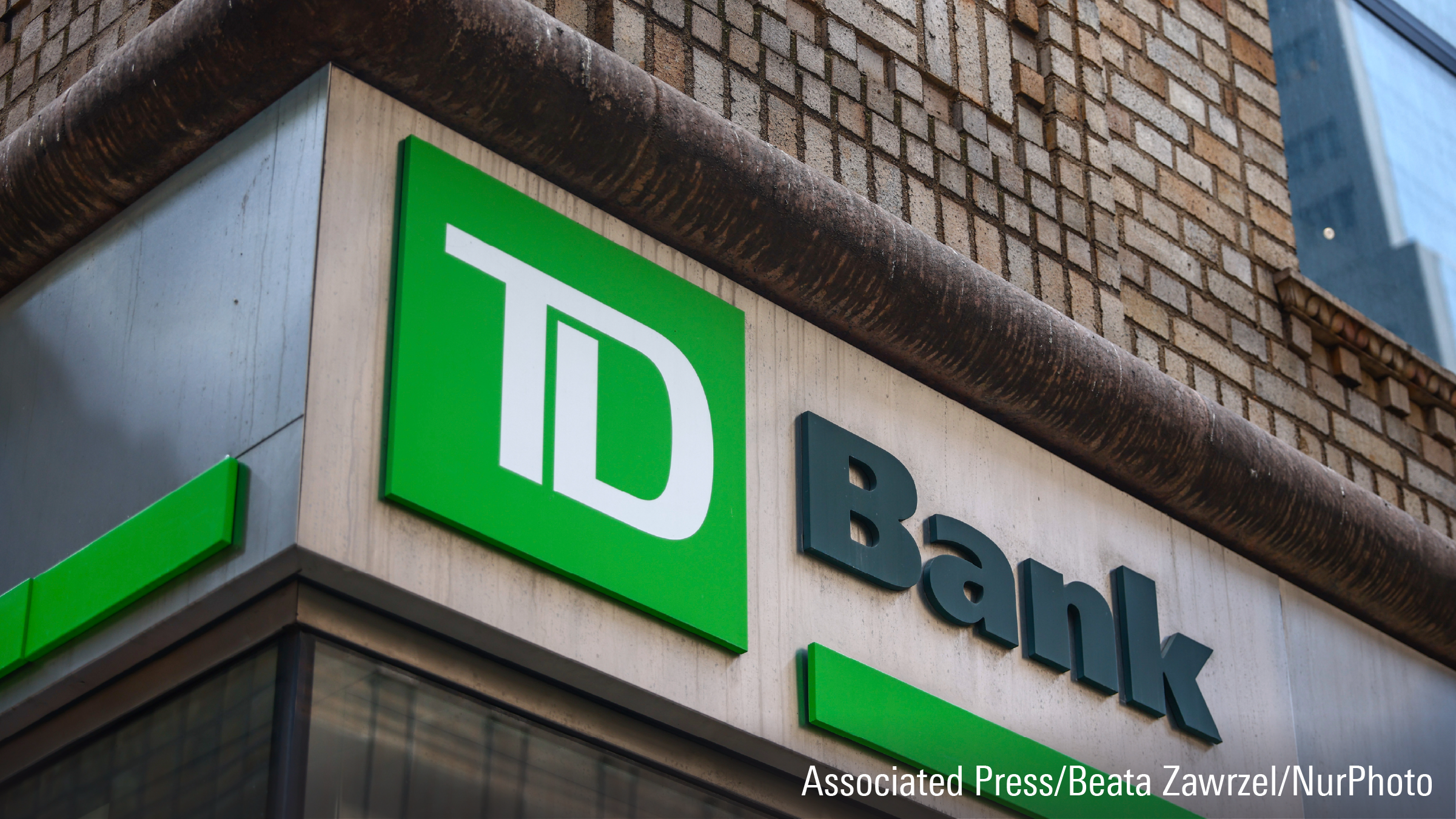
They were supposed to be the cryptocurrencies that avoided crazy volatility, with a predictable value that would make it easier to buy, sell, and save.
But now, one of the biggest so-called stablecoins has imploded, inflicting huge losses on individual investors and raising new scrutiny of the cryptocurrency market.
On Thursday morning the crypto world woke up to find out that its moon had fallen out of the sky. Luna, the parent cryptocurrency of a popular stablecoin called Terra—formally TerraUSD—cratered from its $116 high on April 6 to trade at lows of $0.008 on May 12. (All pricing data featured in this article is sourced from CoinGecko.) Luna, which commanded a $41 billion valuation just a few short weeks ago, is effectively worthless.
How Did This Happen?
To understand Luna, it makes sense to explain Terra. Terra was designed to trade exactly at $1. It’s one of many tokens, collectively called stablecoins, that serve as an essential bridge between cryptocurrencies and fiat currencies. Stablecoins replicate real-world currencies like the dollar and the euro in a cryptocurrency wrapper, allowing users to transact more seamlessly and stabilize purchasing power for digital assets.
Most stablecoins are backed by a basket of dollar-denominated assets, so in theory, each coin can be redeemed for $1 of financial securities like a money market fund. But Terra is an “algorithmic stablecoin,” which maintains exchange rates differently than other stablecoins. Instead of a basket of “real” assets, Terra is backed by a fluctuating exchange rate with another digital asset—in this case, Terra’s parent currency, Luna. A holder of Terra can redeem or “burn” 1 Terra token for $1 worth of Luna. The exchange rate between Terra and Luna floats based on where Luna trades: If Luna is priced at $20, 1 Terra would be worth 0.05 Luna. If Luna trades at $0.20, 1 Terra would be worth 5 Luna.
The problem with this system is that Luna has no intrinsic value. Arguably, Luna partly derives its value from the success of stablecoins like Terra. This circular relationship is vulnerable to cycles of price movements that can be either virtuous or vicious. Over the weekend, Terra’s fortunes turned. On Saturday, the token’s price decoupled from the dollar under murky circumstances—some have claimed it was the result of a coordinated attack, according to news reports.
Algorithmic stablecoins—which aren’t backed by real-world reserves—have “broken the buck” in the past, but markets have restored the peg by taking advantage of the arbitrage opportunity. For example, if Terra falls below $1, traders can buy 1 Terra for $0.99 and redeem it for $1 of Luna, earning what seems like a riskless profit.
But this trade isn’t riskless. It assumes that a trader can sell Luna for a price close to the exchange rate they received it at, which doesn’t hold when everybody rushes to the door at once. In these circumstances, traders are forced to offload their positions at a loss, which pushes the price of Luna down even further.
This exact scenario is what sent Luna into a tailspin this week. As the currency plummeted from $83 on Friday to $17 on Wednesday, Luna’s founder Do Kwon and the cryptocurrency’s nonprofit board stepped in, tapping into $750 million of the network’s reserves of bitcoin purchased earlier this spring to shore up the system during just these sorts of “death spirals.”
Luna’s board, called the Luna Foundation Guard, also took the controversial step of allowing the system’s smart contract (the “algorithm” in algorithmic stablecoin) to print 30 billion extra Luna tokens to meet redemptions as the token plummets, the cryptocurrency’s version of rapidly printing money. With this move, which sent the currency tumbling from a price of around $2 to below $0.01, the board is making an implicit bet that the value created by minting extra tokens will outpace the inflationary pressures caused by the cryptocurrency’s cratering price—by no means a guarantee. It has also cautioned that it will need an infusion of at least $1 billion to plug the remaining holes. So far, no investors have indicated that they’d like to catch this falling knife, leaving the ecosystem’s future in doubt.
Now What?
It’s important to keep in mind that the pressures facing Terra have not yet spread to other types of stablecoins because the way it maintains its peg is fairly unique. (For the most part, other stablecoins are still working as intended, although they are facing increased scrutiny about their financial reserves.) But the ecosystem’s precipitous fall from grace does raise thorny questions about the viability of other algorithmic stablecoins backed by digital assets. The foundation that underpins Terra’s operations has always rested on the shaky presumption that Luna would be of some worth to investors merely by association; the events of the past five days have resoundingly debunked that theory. If Terra recovers its peg, Luna will have a long road ahead to convince the market that its parent token is worth anything.
If Terra fails to stabilize, there may be even less appealing outcomes to consider. Luna’s $28 billion market cap and the $18 billion parked in TerraUSD just last week represent a constellation of real investors, both institutional and retail, that have seen their once-stable investments wiped out in a matter of days. Without a white knight, these assets could very easily turn into writeoffs.
Veteran crypto investors have seen similar cataclysmic events before; in some cases, they’re what binds these communities together. But the broader crypto ecosystem has grown by leaps and bounds in the past two years, and there are many new faces under its crowded tent.
What happened to Terra is a fairly isolated incident. The mechanics of its blowup shouldn’t have any implications for the worth of cryptocurrencies outside the niche of algorithmic stablecoins. Instead it serves as reminder that many digital assets lack fundamentals, and thus rely on a mix of some real-world adoption and, mostly, investor confidence to appreciate. This relationship was a boon for cryptocurrency returns in 2021, but financial panics often need no more than a spark to turn into a blaze, and the ongoing crypto crash in progress since January 2022 has already erased $1 trillion in market capitalization. It could be that this is an inflection point, a call to action for the crypto community to rally around one of their own. But fear is catching, so it’s equally fair to ask: Is it one of those straws that break camels’ backs?




















